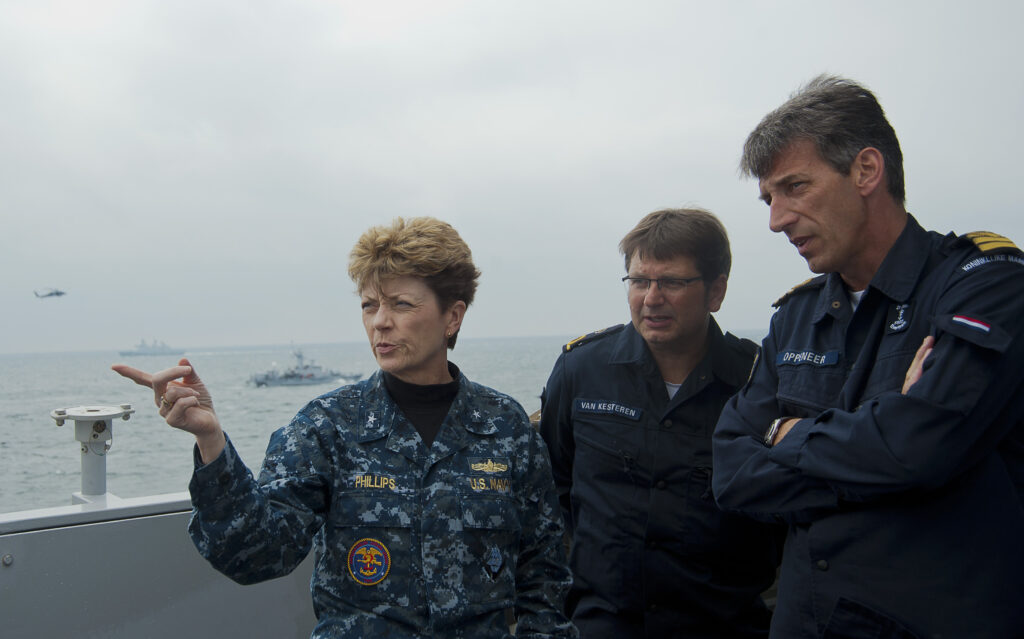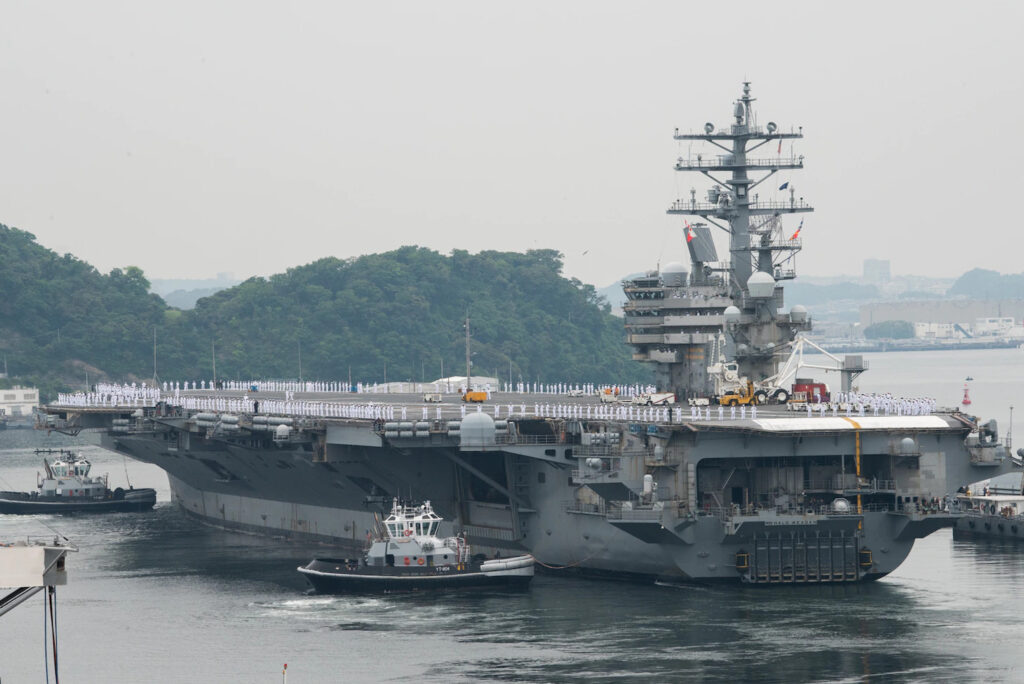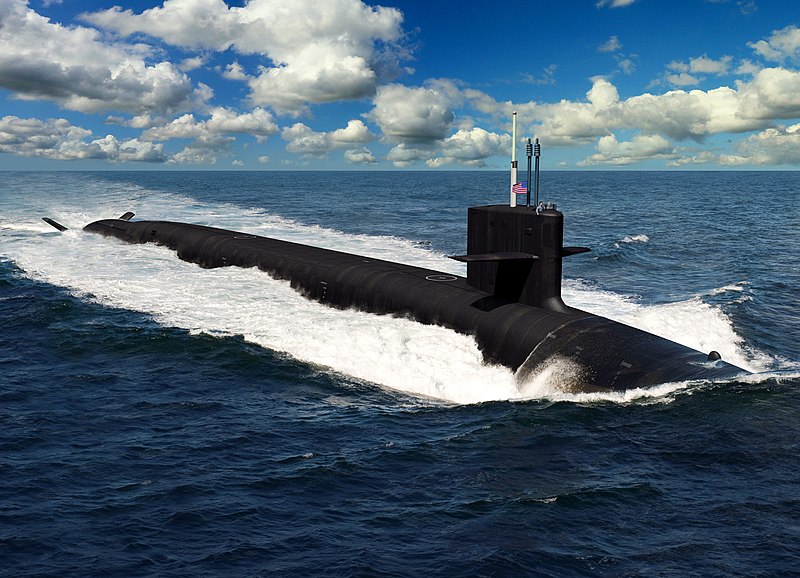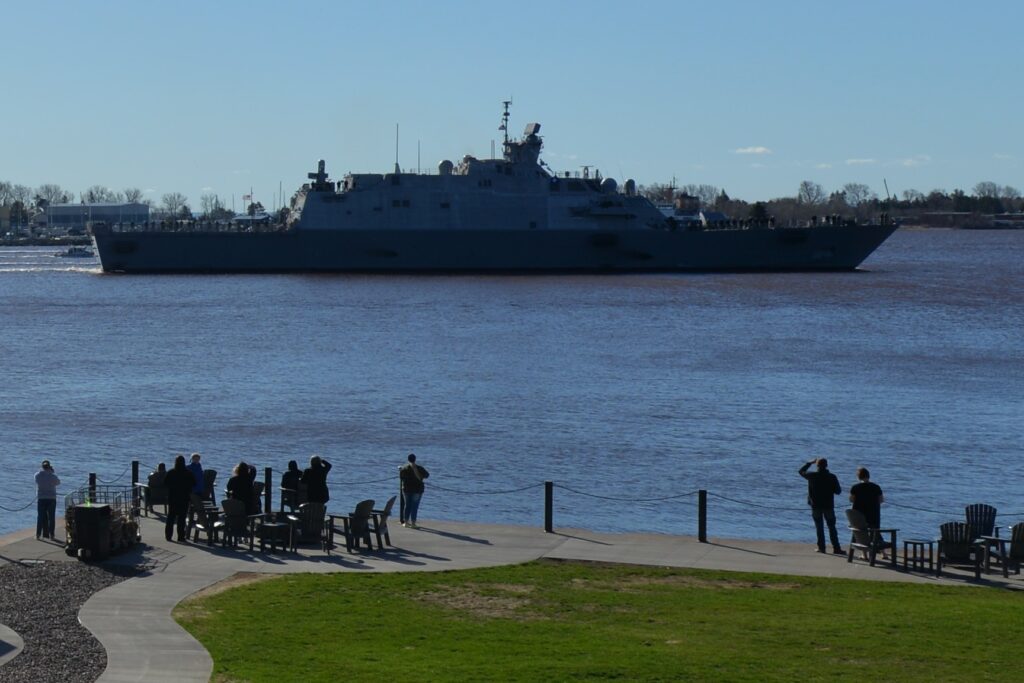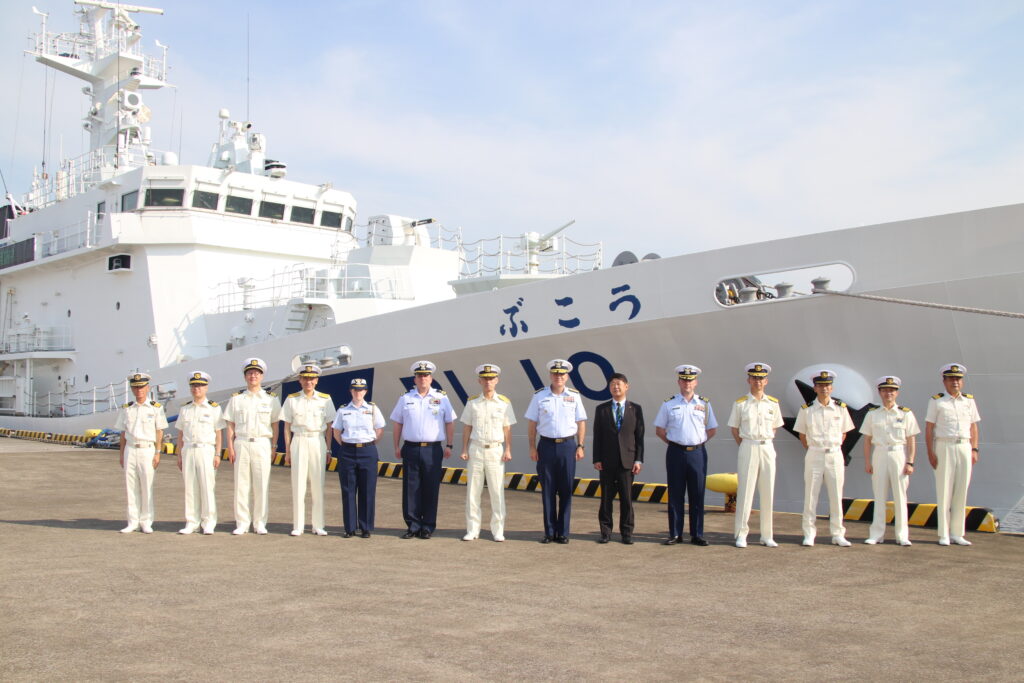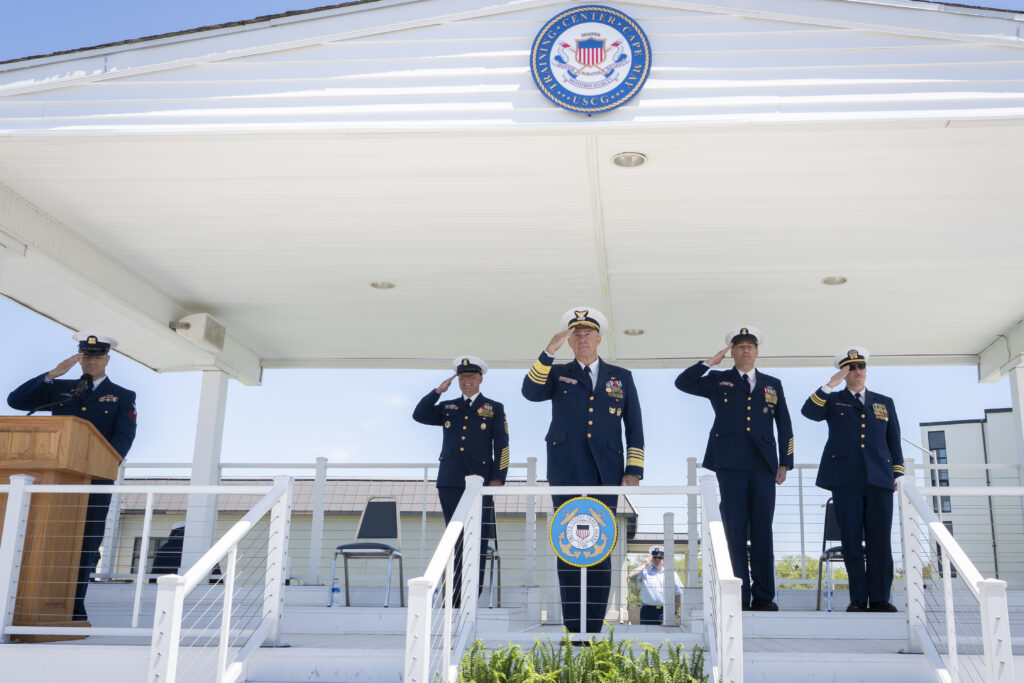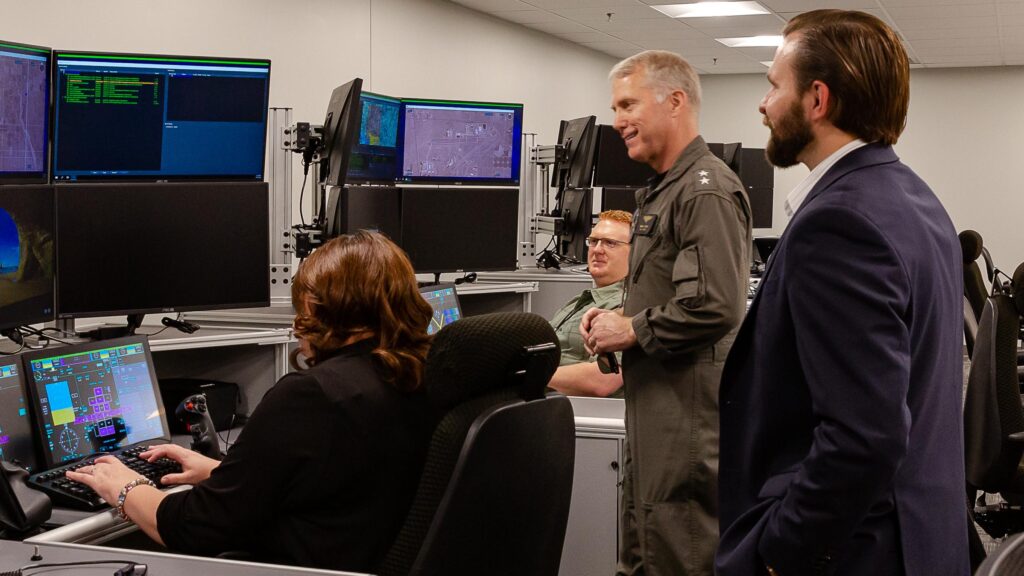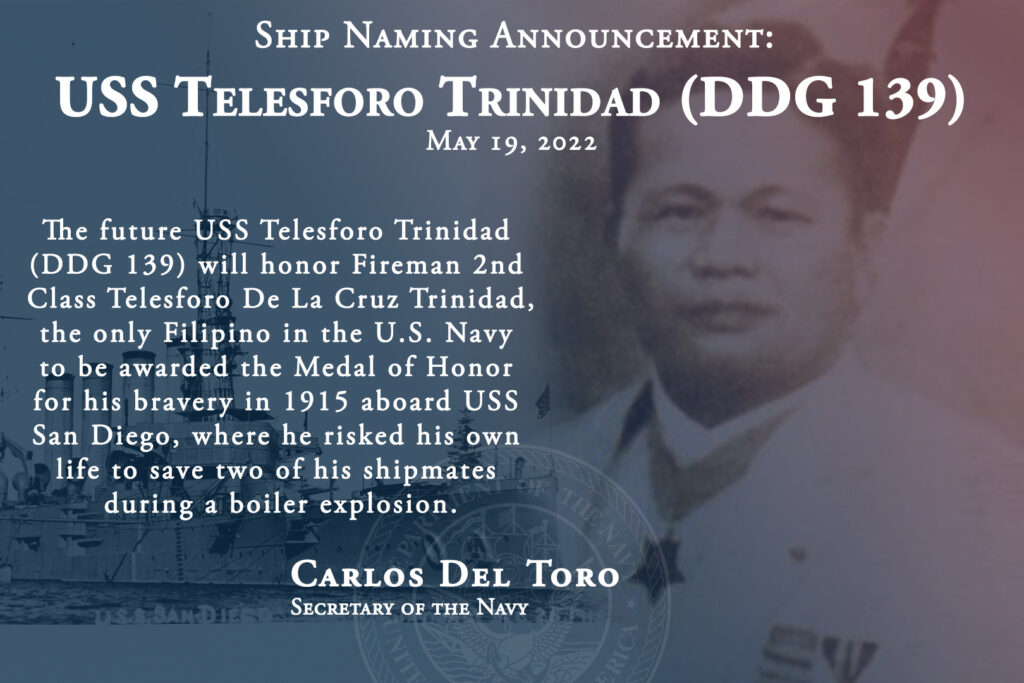Ishee Nominated for Vice Admiral and Command of U.S. 6th Fleet
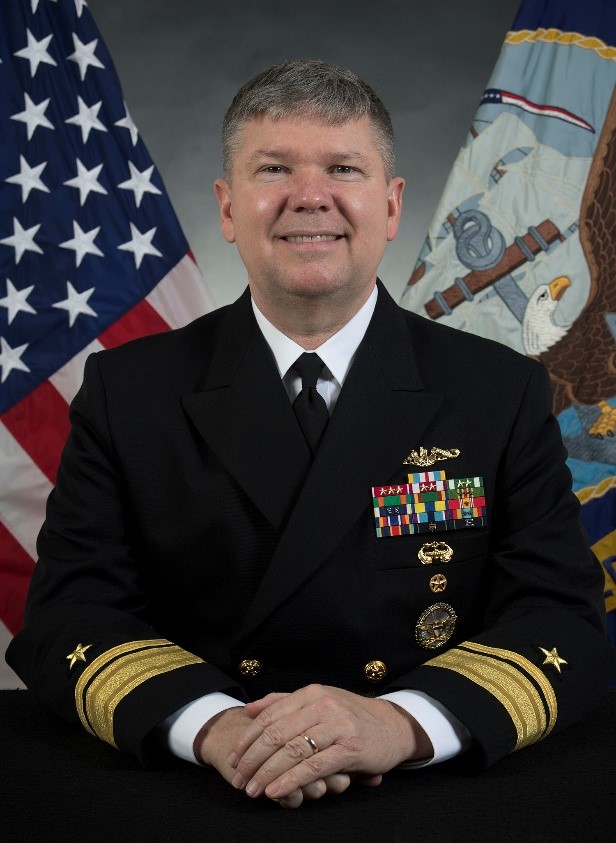
ARLINGTON, Va. — Defense Secretary Lloyd J. Austin III announced May 20 that the president has made the following nomination:
Navy Rear Adm. Thomas E. Ishee for appointment to the grade of vice admiral, and assignment as commander, 6th Fleet; commander, Task Force Six; commander, Striking and Support Forces NATO; deputy commander, U.S. Naval Forces Europe; deputy commander, U.S. Naval Forces Africa; and Joint Force Maritime Component Commander Europe, Naples, Italy. Ishee is currently serving as director, Global Operations, U.S. Strategic Command, Offutt Air Force Base, Nebraska.
Ishee is a native of Danielsville, Georgia, and a 1987 graduate of the University of Georgia, where he majored in mathematics and computer science. He was commissioned in 1988 after attending Officer Candidate School in Newport, Rhode Island and earned a Master of Science in Electrical Engineering from the University of Texas at Austin and a Master of Arts in Security Studies from the Air War College.
His sea tours included assignments onboard submarines USS Narwhal (SSN 671), USS Sea Devil (SSN 664), engineer officer onboard USS Tunny (SSN 682) and executive officer onboard USS La Jolla (SSN 701).
He commanded USS Key West (SSN 722). While in command, the crew was awarded the Navy Unit Commendation, the U.S. Pacific Fleet Arleigh Burke Trophy and Battle Efficiency Award. He also commanded Submarine Squadron 11, where he ensured the readiness of six fast attack submarines and oversaw the operations of three torpedo retrievers, a floating drydock and the Navy’s submarine rescue systems.
His tours ashore included assistant professor of Naval Science at the University of Texas at Austin; engineer and executive officer of Moored Training Ship MTS 626; executive assistant to the deputy commander, U.S. Pacific Fleet; director of intelligence and special operations for Commander, Submarine Force U.S. Pacific Fleet; director of operations for Commander, Submarine Group 7 and Task Force 54/74; senior advisor to the Secretary of Defense for U.S. Pacific Command Plans; executive assistant to the Chief of Naval Operations; deputy commander, Joint Functional Component Command-Global Strike; director of operations, U.S. Naval Forces Europe-Africa; deputy commander, U.S. 6th Fleet, and commander, Submarine Group 8.
